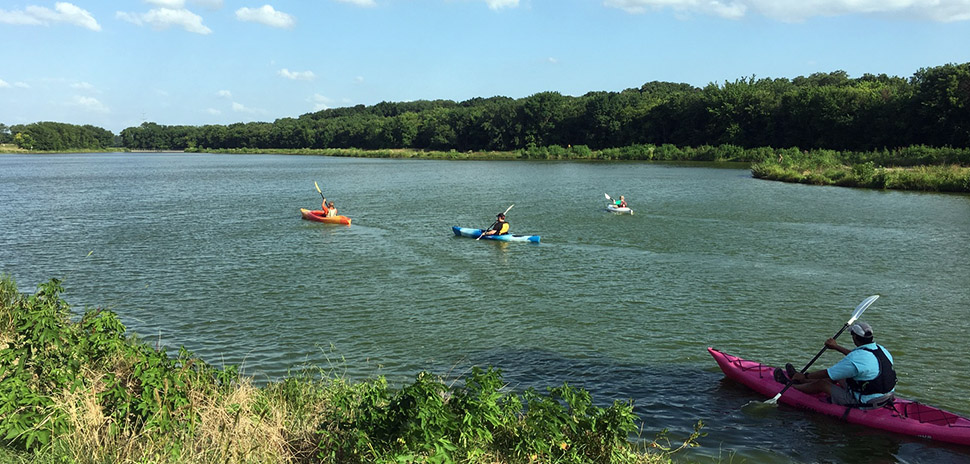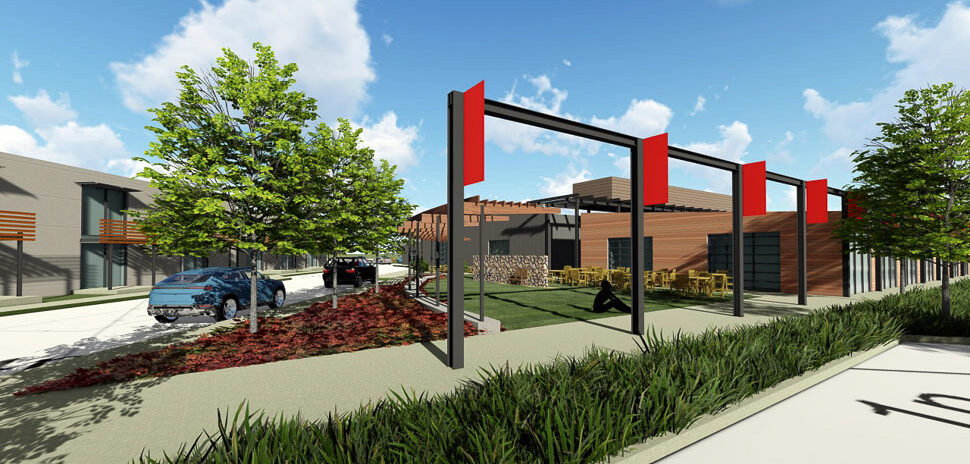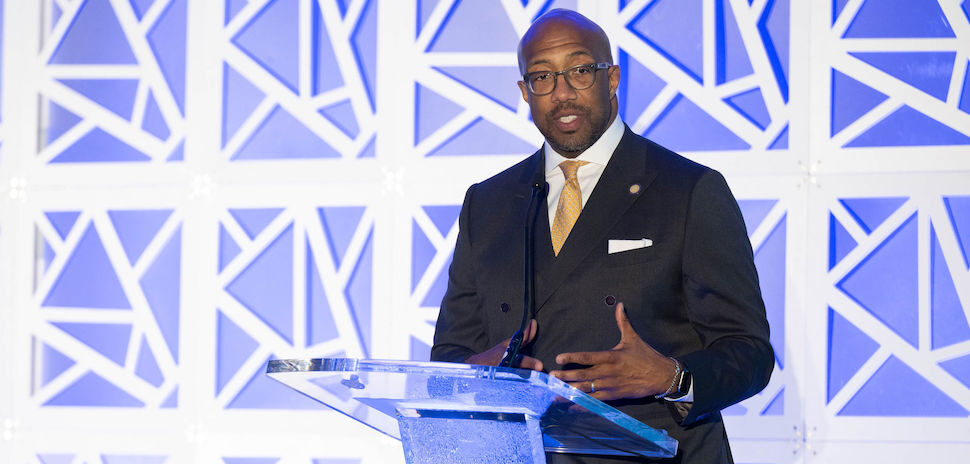Where’s your happy place? Outside Magazine recently identified the 15 happiest towns in America, and a North Texas city made the cut.
Plano—the only Texas city on Outside’s coast-to-coast list for 2023—won praise for its top-tier parks, access to outdoor recreation, inclusivity, school system, and more.
As Outside notes, people today are rethinking what they want in a city, looking for quality of life and community. Access to nature, affordability, diversity, safety, climate, and room for self-expression all factor into the ideal mix that landed Plano on Outside’s list.
With a population of 289,547, Plano joins other happiness havens from Alaska to Washington. According to Outside, the Dallas suburb is “widely considered ideal for those seeking a safe, comfortable home with plenty of options for work and play.”
Here’s a close look at what Outside highlighted about this Dallas suburb. We also examine how—coming off recent honors like being named the No. 1 park system in Texas—Plano’s abundant green space plays a key role in its quality of life.
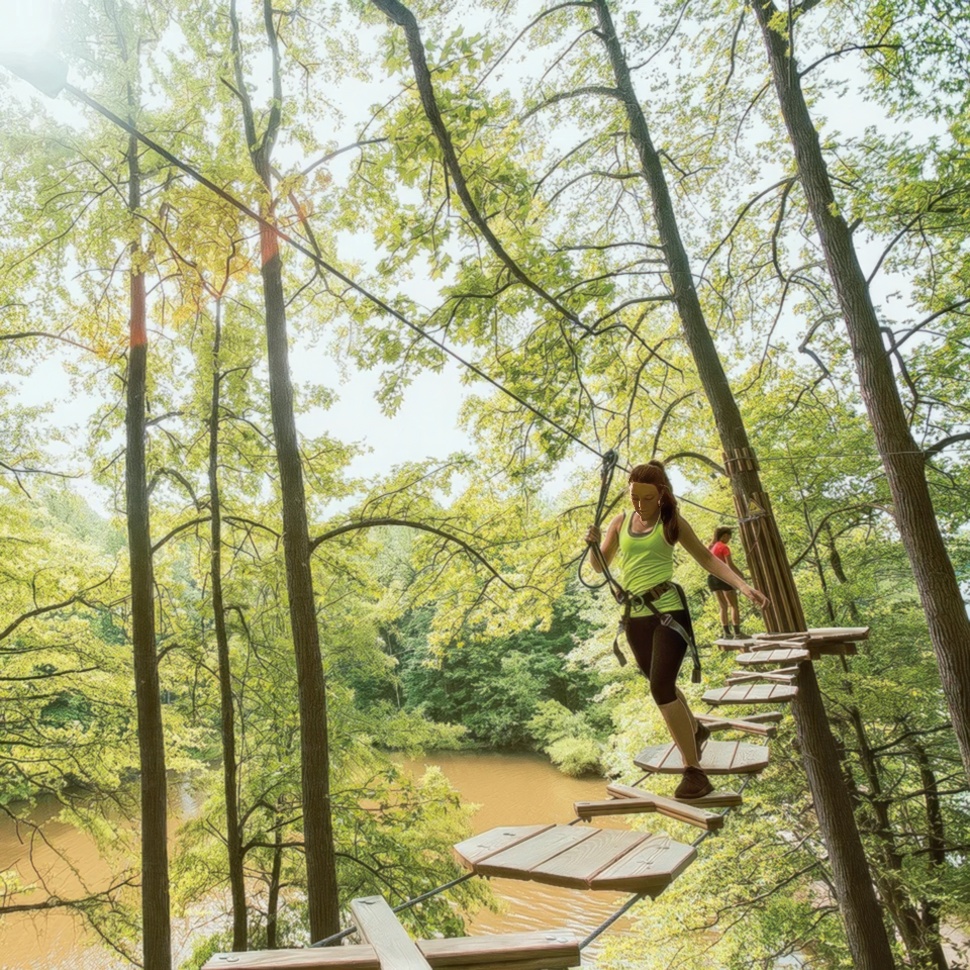
Oak Point Park and Nature Preserve is Plano’s largest park, with more than 8 miles of trails, ziplining, and treetop adventure. [Photo: Visit Plano]
The pursuit of happiness, suburban-style
Outside Magazine highlighted Plano’s welcoming businesses, “strong public school system,” and ethnically diverse population, which includes a sizable Chinese community.
“It’s also considered a place that cares,” the publication notes.
Tanner Fleming, who moved to Plano eight years ago, told Outside, “I couldn’t imagine moving somewhere else.” Fleming has seen the Dallas suburb evolve as big companies like Toyota North America relocate to the area.
The operations director for Union Bear Brewing Co. said his goal is “to make sure everyone is welcome” in Plano. Union Bear at Granite Park draws cyclists and runners on its patio for house-brewed beer.
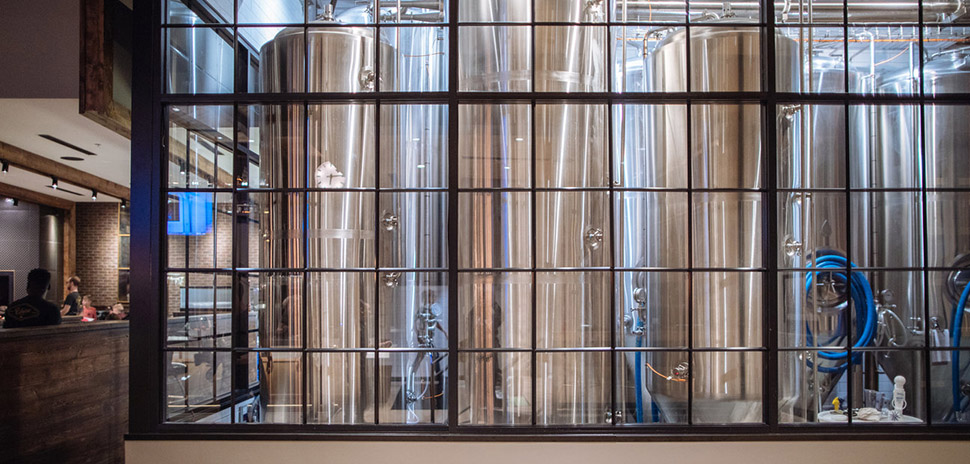
Locally owned brewpub Union Bear brews its own “no coast beer.” [Photo: Union Bear]
Fleming’s son shared one of his own top spots: Plano’s downtown skate park. From football to cricket and cheerleading to martial arts, locals will say there’s a sport for most everyone. Including, of course, Pickleball.
Water works
“You’d never know you’re just outside Dallas,” said Plano Parks and Recreation Director Ron Smith said in the publication. People looking for water sports can paddle on a pond at Oak Point Park or get to Lake Lewisville in about half an hour.
Several other area lakes are a short drive from the city for beaching, boating, fishing, and skiing, including nearby Lake Lavon and Lake Ray Hubbard, one of the largest lakes in North Texas.
The city also offers plenty of public pools and commercial water parks to beat the heat—including a Texas-shaped saltwater pool (with a North Texas island!) that’s a local icon, according to the DALLAS Relocation + Newcomer Guide.
And you’ll find restaurants with waterfront and sunset views at places such as The Boardwalk at Granite Park, which has multiple dining options and outdoor seating.
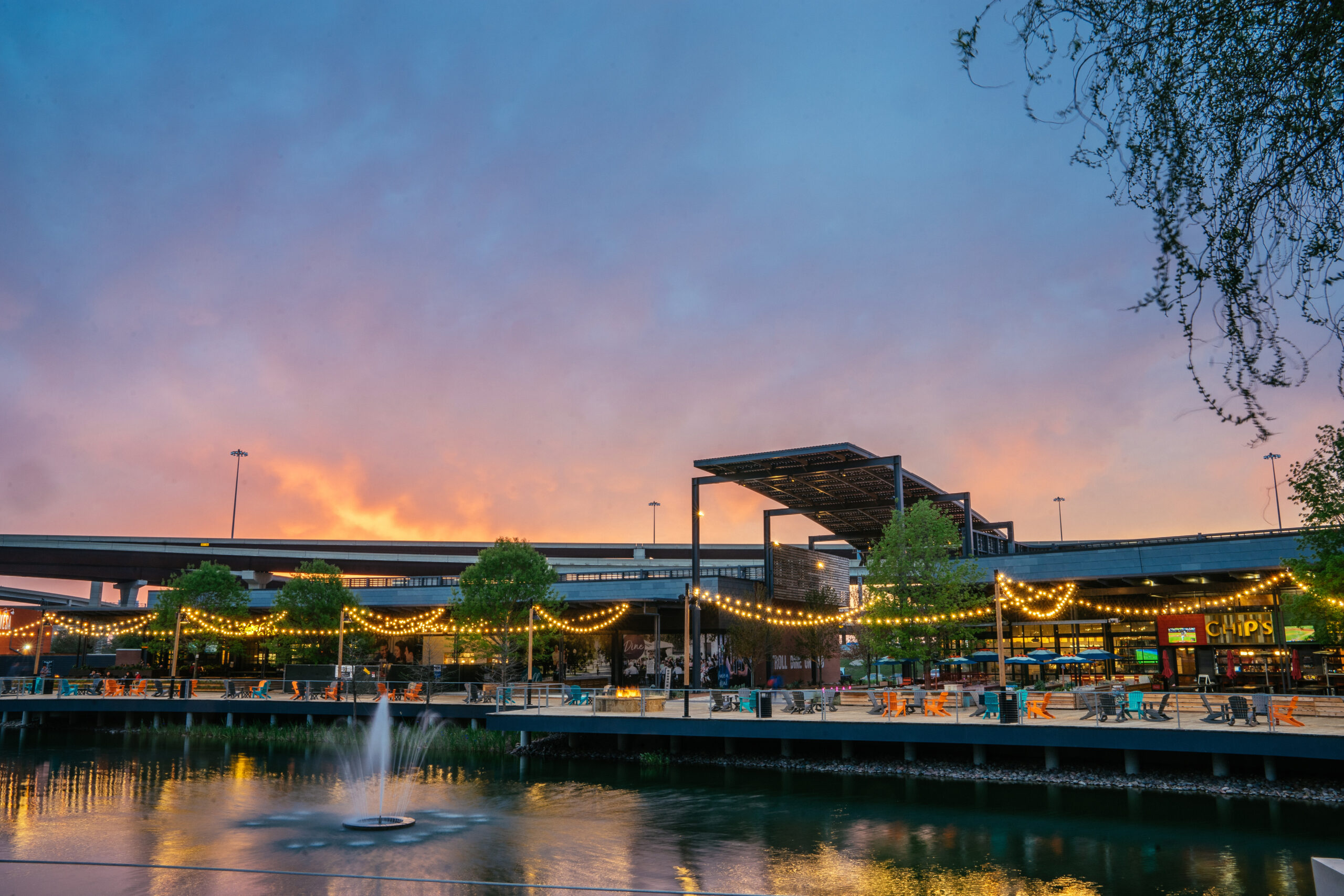
A collection of restaurants at The Boardwalk at Granite Park offer waterside dining. [File photo]
“One of the safest cities in America”
Outside cited Plano’s annual Pride festival and high Municipal Equality Index score as evidence of the city’s openness. Plano city official Steve Stoler commented that the city is a welcoming and diverse place, and it’s also “consistently ranked one of the safest cities in America.
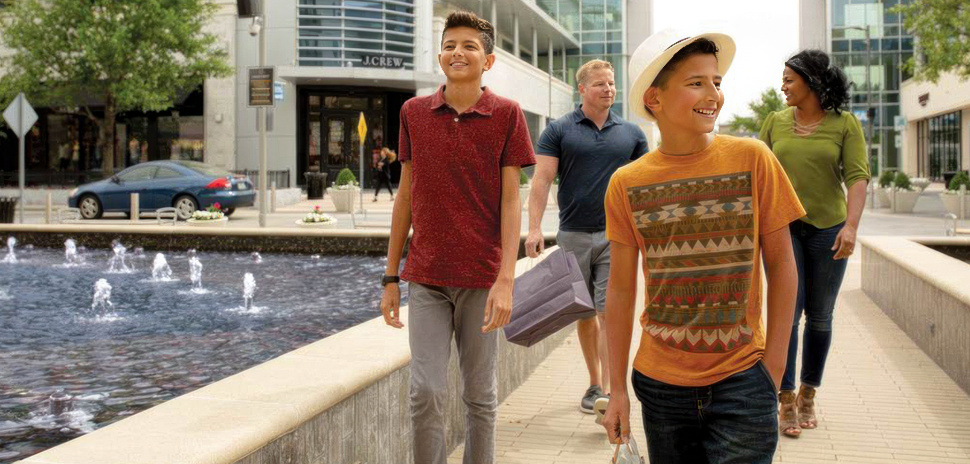
Family shopping at Legacy West [Photo: Visit Plano]
Stoler said Plano leaders are committed to a high quality of life for its residents.
In terms of affordability, the city has a median home price of around $540,000 and a median rent of $1,687, Outside noted.
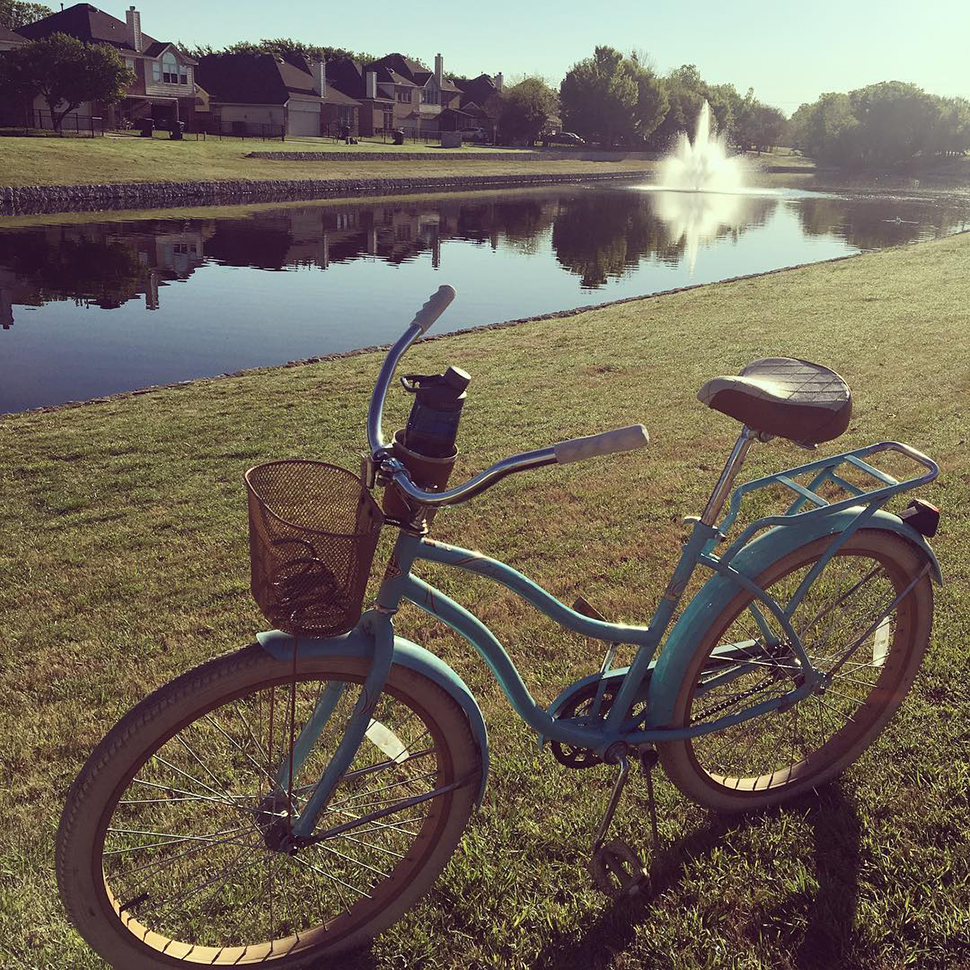
[Photo: bygabicampos_Instagram/Visit Plano]
The ‘happiest city’ is a recognized park place
With green space that includes numerous parks, dozens of sports fields, and two nature preserves bookending the city—Arbor Hills to the west and Oak Point to the east—Plano’s great outdoors is recognized as a top amenity, not only in Outside magazine but in the state and nation.
By Plano’s own measure, its parks system is robust, with more than 4,400 acres of parkland, 110 miles of trails, and 150 miles of signed bike routes.
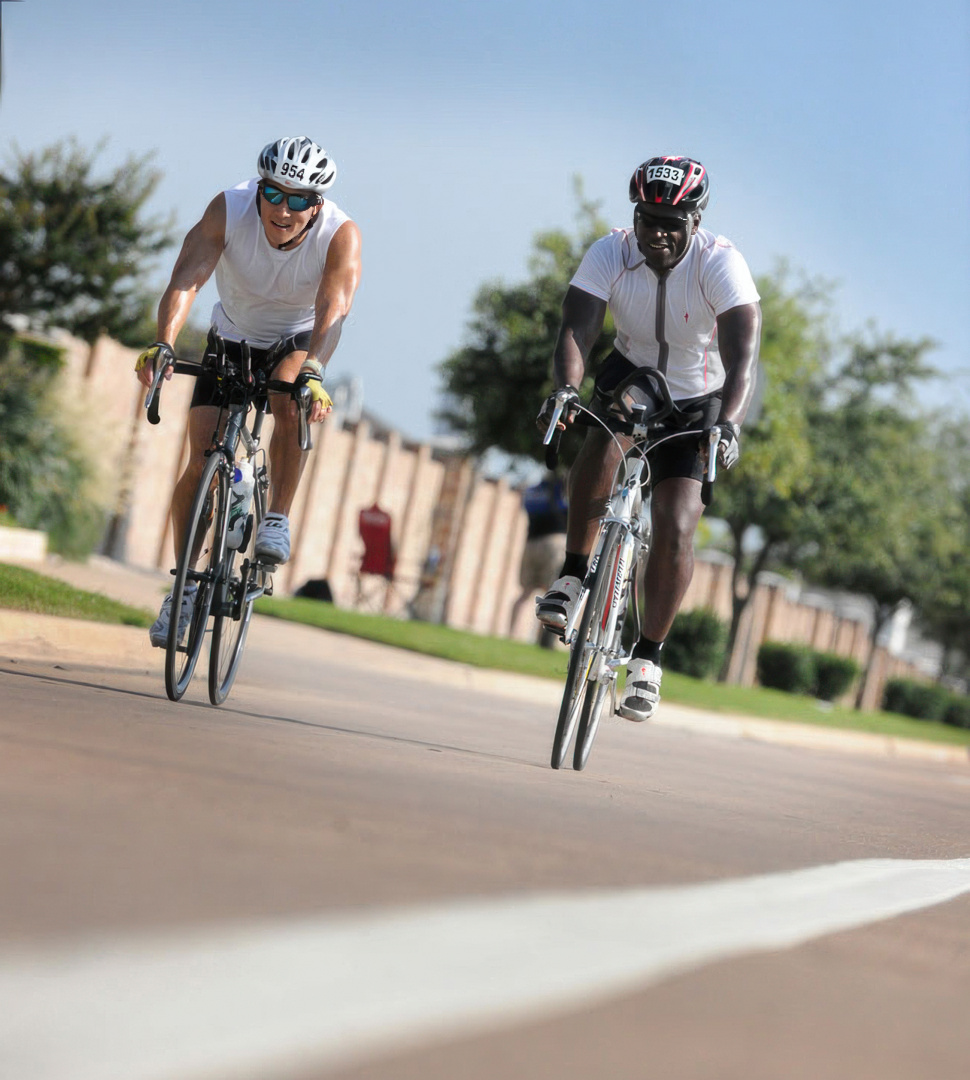
Cycling is a big part of Plano, with miles of recreational trails and signed bike routes. [Photo: City of Plano]
Parks and rec by the numbers
According to the city, the system includes 31 neighborhood parks offering amenities like playgrounds, pavilions, and walking paths. There are also 20 larger community parks (16 are designated athletic complexes), 16 linear parks with trails and other amenities, nine special-use facilities, four open space preserves with nature viewing areas, and two 18-hole municipal golf courses, including the awarding-winning Pecan Hollow course.
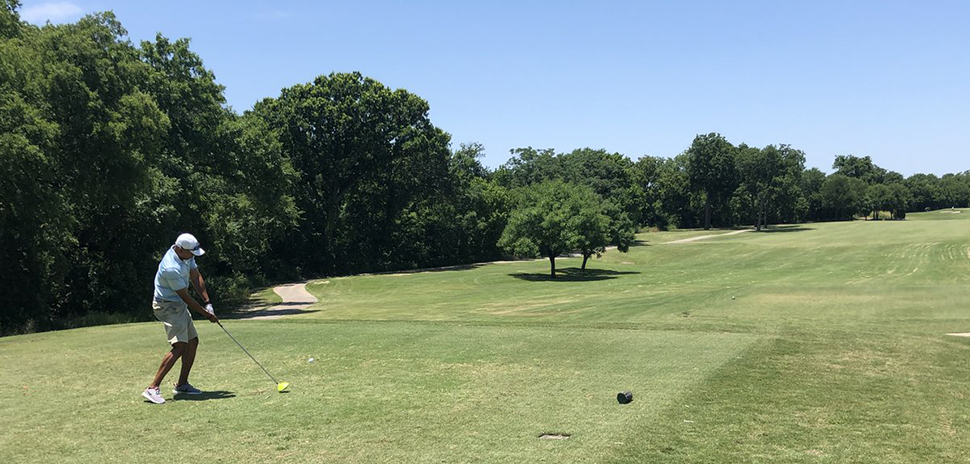
Golfing at Plano’s Pecan Hollow [Photo via Visit Plano]
Accolades for the city’s parks, trails, and rec centers is thanks in part to its parks and recreation department, one of only five other parks agencies in the country to maintain CAPRA standing—Commission for Accreditation of Park and Recreation Agencies—for 25 straight years. The city reapplies every five years for the status.
It also traces to planning and investment, the city says.
Top park system in Texas—and 16th in the nation
In May, for the third year in a row, the Plano park system ranked No.1 in Texas according to the 2023 ParkScore Index released by the nonprofit Trust for Public Land. It’s also one of the highest-ranked park systems in the country at No. 16.
The annual report ranks the park systems of the 100 largest U.S. cities based on access, acreage, amenities, equity, and investment.
A full 80% of residents live within a 10-minute stroll of one of Plano’s many parks. In terms of equity measures, low-income households and people of color enjoy nearly equal park access at 78% and 80%, respectively, within a 10-minute walk. And neighborhoods of color have a slight edge, with 1% more green space.

Archgate Park [Photo: Visit Plano]
Plano’s park space makes up 10% of the total land area in the city. As a percentage, some cities may devote more. But when Plano does a park, it goes big: The city received TPL’s highest score for its median park size: nearly 14 acres — and plenty of room to roam free.
At $196 per resident, Plano also invests handsomely in its parks system. Still, per the report, canines may pine for more dog parks, currently at a rate of just 1 per 100,000 people. And Plano’s 0.3 recreation and senior centers per 20,000 residents leaves room for improvement. Splashpads and spraygrounds are on the lower end of the scale for the city, but when it comes to playgrounds, the city shines, according to TPL’s rating system.
Together, these factors helped keep the city tops in Texas and among the best in the country for park places, although it did drop one spot nationally after placing at No. 15 overall last year.
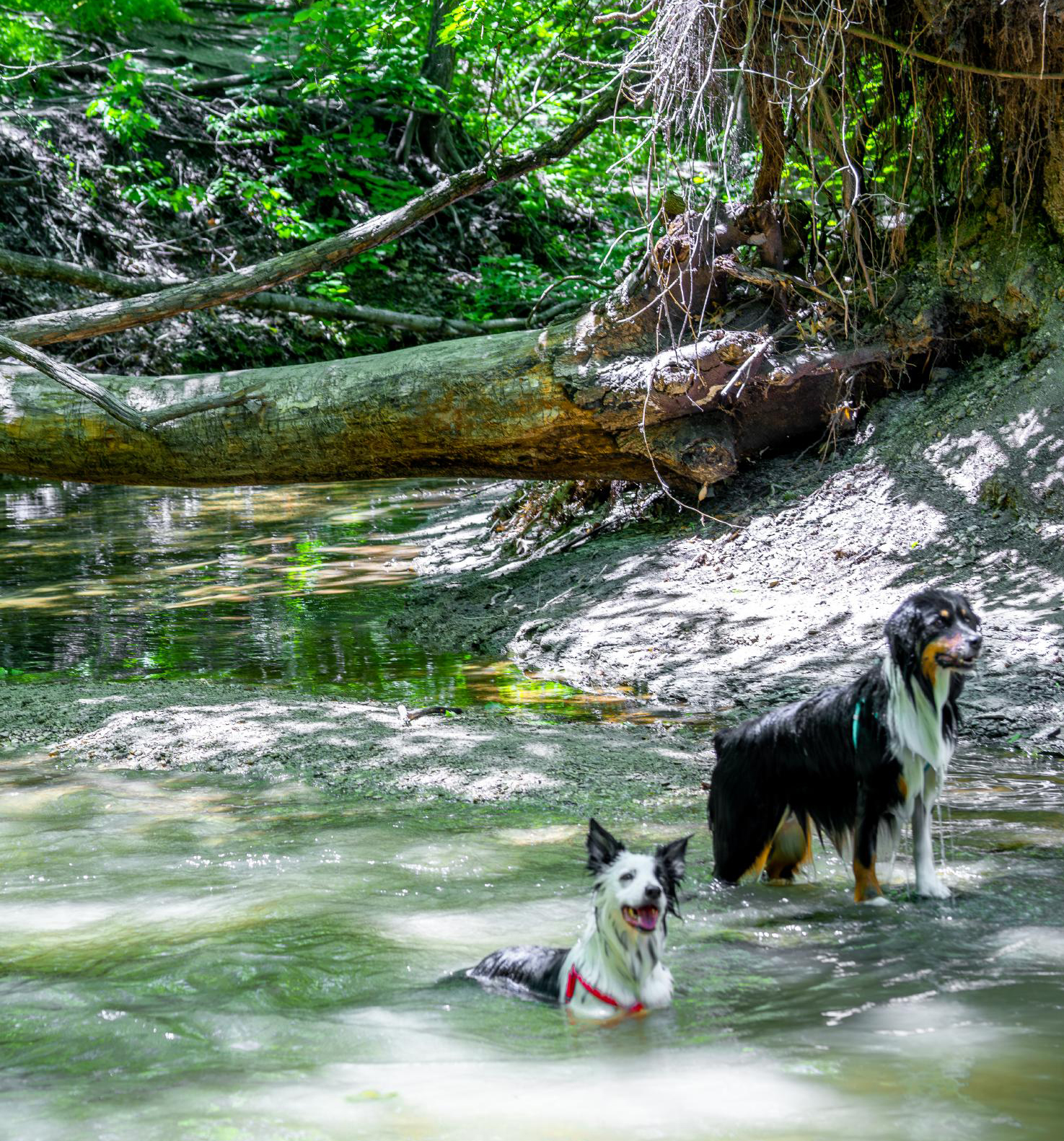
Happy dogs at the 200-acre Arbor Hills Nature Preserve, which has miles of trails for hiking. [Photo: Visit Plano]
Economic boost and health benefits
For Plano, parks mean serious green in both senses of the word.
The Trust for Public Land crunched the numbers in 2017 and found Plano’s parks deliver a hefty economic boost. Thanks to the city’s green space, nearby home values swell by nearly $337 million every year. Sports tourism also pays, with tournaments and competitions generating $39.2 million yearly in visitor spending.
Plano’s high ParkScore ranking and investment in parks may also contribute to the overall health benefits found in the Trust for Public Land’s research. The group’s new report, “The Power of Parks to Promote Health,” shows how high-ranking ParkScore cities are healthier places to live. Parks encourage physical activity, but also improve mental health, build social connections, mitigate climate impacts, and promote equity, the TPL research shows.
In all, six North Texas cities earned spots in the Parkscore Top 100 nationally, showing the region’s commitment to quality parks, according to the 2023 ParkScore Index. (Besides Plano, other area cities on the list are Dallas at No. 43, Arlington at No. 74, Garland at No. 87, Fort Worth at No. 88, and Irving at No. 99.)
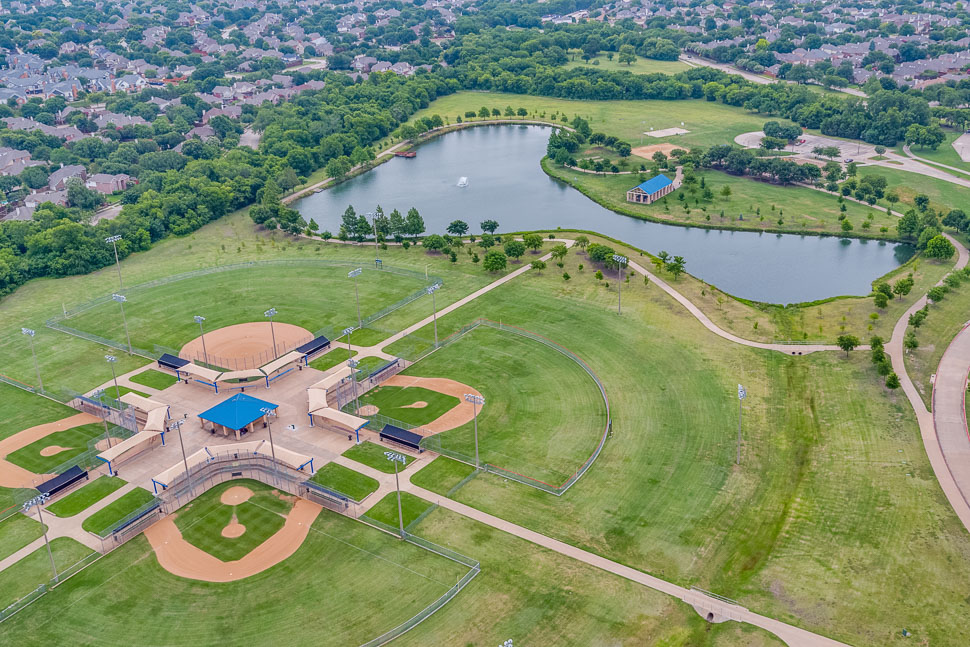
Plano’s Russell Creek Park [Photo:Visit Plano]
The master park plan in Plano, updated in July
According to the city, its success is all part of a master plan. Three decades ago, the city looked ahead, preserving land near schools and along creeks. Not one to rest on its laurels, it’s still eying the future.
The city recently unveiled its updated Parks, Recreation, Trails, and Open Space Master Plan to guide improvements over the next five to 10 years. The plan, adopted by the city council in July, aims to keep Plano a national leader in parks and recreation with strategies rooted in community input.
Interesting proposals involve enhancing trail connectivity through a master plan and creating special area parks downtown and in the Northwest Legacy area where land is scarce, but redevelopment is happening. The city sees opportunity for creative strategies like creating parks at the edge of corporate campuses.
Other ideas tap recreation trends like outdoor fitness classes and BMX trails, renewing recreation centers with flexible spaces, outdoor classrooms in nature preserves, and updating older parks with public art and native landscaping.
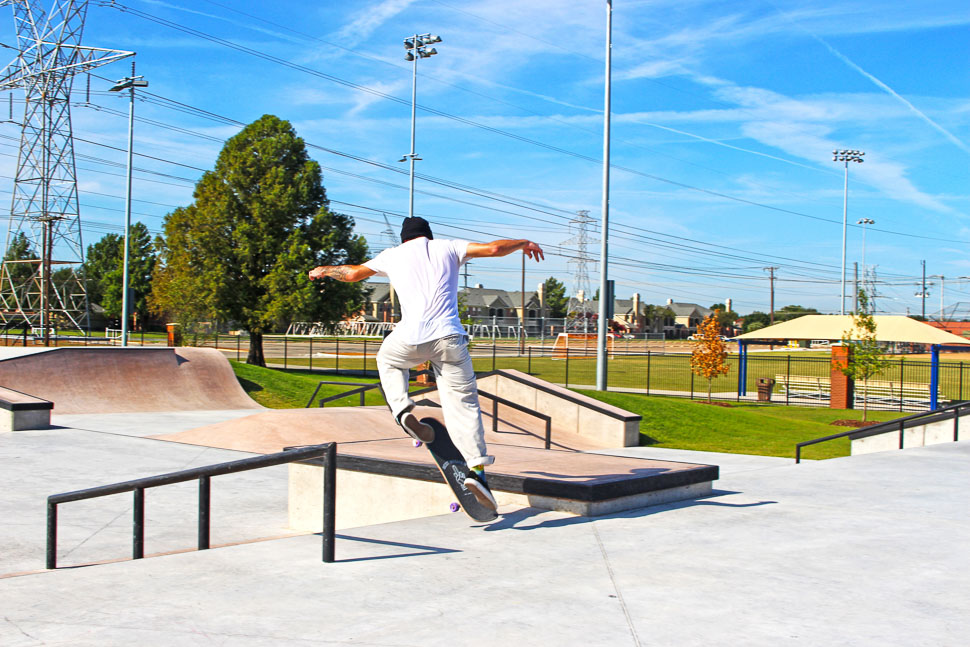
Carpenter Park skateboarding [Photo: Visit Plano]
Over the next five years, Plano expects to prioritize strategic land acquisition, targeted studies, and critical improvements to enrich parks, trails, and recreation centers citywide. Studies will uncover recreation needs from kids to seniors. Upgrades to existing parks through refreshed playgrounds and trails are also on the docket, while an indoor court facility could answer ever-more calls for pickleball.
An upcoming athletics study will assess current and future sports demands and infrastructure needs as participation trends as trends shift. The report notes that casual participation and “niche” sports like lacrosse and rugby are growing. And emerging sports like cricket and table tennis that are popular internationally have seen local growth, too.
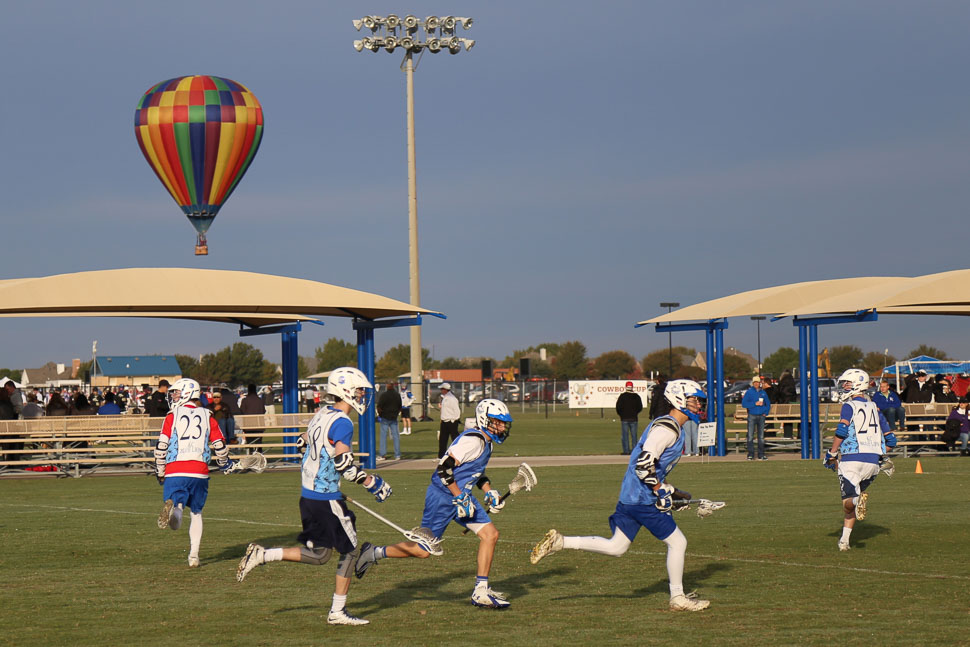
Lacrosse tournament [Photo: Cowboy Cup/Visit Plano]
Tech advances are on its radar: Think self check-in, security cameras, mobile apps for reservations, and upgraded fitness tech. That could include high-tech wayfinding and fitness machines to enhance park experiences, modernize operations, and meet changing recreation demands, according to the city.
Kendall Howard, Plano’s consultant from Halff, called the master update a “long-term action plan.”
And Outside said, checking all the boxes is a “tall order.” But “Plano strives to remain a leader in forward-thinking suburban living.”
![]()
Get on the list.
Dallas Innovates, every day.
Sign up to keep your eye on what’s new and next in Dallas-Fort Worth, every day.

